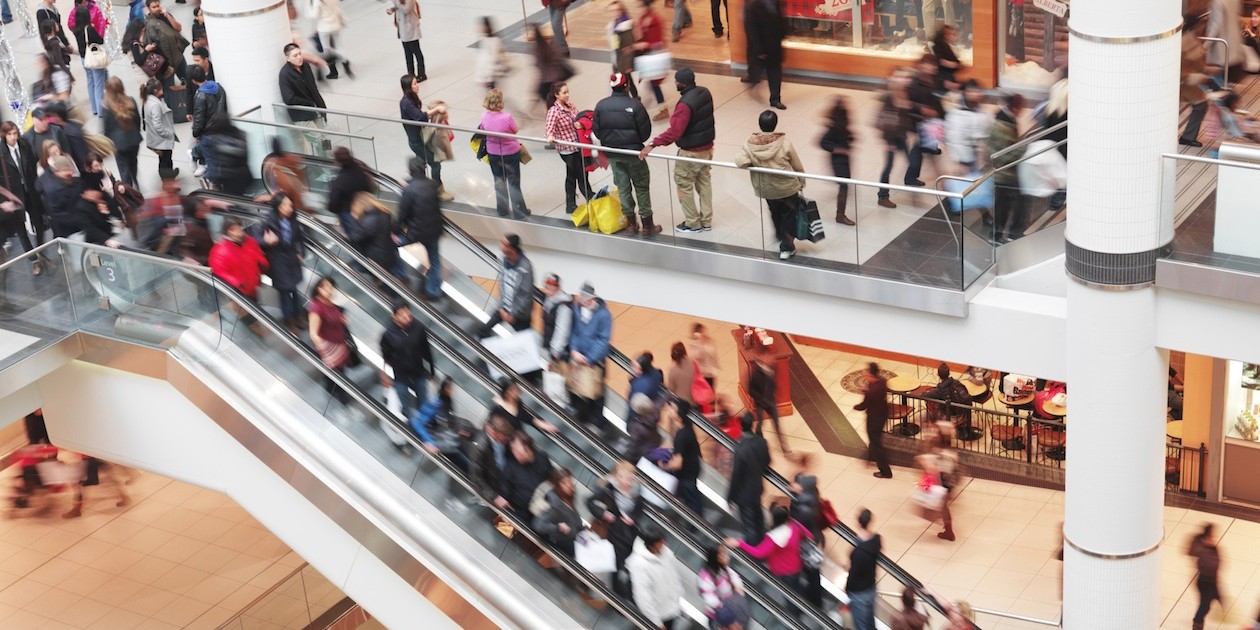“Retail Darwinism is the evolution of shopper behaviour, when the technology and shopper mind-set evolve faster than a brand’s or retailer’s ability to adapt”
Charles Darwin may have studied different species of animals, but his thinking certainly holds true when talking about today’s retail environment. At Barrows we believe that even in a digital age, brick & mortar stores have a huge role to play. However, we can’t ignore the fact that with the rapid advance of e-commerce, shrinking categories, and decline in trips, for physical stores must transform themselves to continue to have a critical role in the shopper journey.
From being little more than a convenient stock-holding outlet to something much more meaningful, traditional retail must accept that e-commerce will win the competition on assortment and price and transform itself from a place where shoppers HAVE to go to a place where shoppers WANT to go. To become a place people want to go and to become a true shopping destination, a store has to deliver something it traditionally (and understandably) overlooked in lieu of maximizing inventory…. It has to deliver more than just a transaction. It has to deliver an EXPERIENCE.
Working with brands and retailers around the world, we’ve identified different emerging trends and tools that ultimately lead to a better in-store experience by building brand exposure, maximizing product engagement and driving retailer loyalty.
Channel and retail media planning
Digital and mobile have radically blurred the lines between traditional marketing and retail marketing. Where does retail start and end? Is there even a start and end anymore? With the ability to now shop anywhere anytime, the change in shopper marketing is less about the location of the shopper and more about their mind-set.
Understanding the difference between a pre-purchase, purchase and post-purchase mind set is critical for brands to combine the right content with the right platform. You could be in a pre-purchase mind-set inside a shopping mall or be in a purchase mind set on the couch at home. Only by developing shopper objectives by mind-set first, will brands fully understand which platforms to activate and what their roles/KPIs should be.
The trend of curation
“If you liked that, then try this.” This suggestive marketing is heavily used on digital platforms (e-commerce books and music, app downloads, gaming etc). But the theory is still sound when it comes to in-store and dealing with time-starved shoppers who are looking for help and recommendations. “Top sellers” or “combo pairings” have been adopted across all categories with great success. These become destinations for shoppers who expect new content and offerings on a weekly basis.
KPI’s for in-store sales and merchandize are still based on stock volume, but the evolution to storytelling where volume is sacrificed for more engaging “scene sets” is being helped by two drivers: namely global CPG companies’ desire to reduce SKUs, and retailers desire to build more engaging areas to slow shoppers down.
Curation is the first step to in-store inspiration and a very real mechanic that can drive spontaneous purchase decisions and bigger basket sizes.
Disruptive design – clarity in the chaos
Over the last 20 years we’ve seen the retail floor bear the brunt of the success of behind the scenes distribution and operational initiatives. While focus on these critical elements has allowed many retailers to survive in a highly price competitive space, the shopper experience has become worryingly generic. To increase the shopper experience we’ve got to focus on design that helps the brands stand out in store and creates more manageable, functional and engaging solutions. Interestingly enough, to stand out in the marketplace, simplification may just be the right answer.
When people think simplification in design they think the designers are trying to upscale the product or marketing. What I’m referring to is a basic response to a very real problem. In-store dwell times are tiny. Shoppers stand in front of products or POP units for mere seconds. We have to communicate not only the brand attributes, but the sales message in a fleeting moment. Simplification is critical to allowing the brand to not only do this, but stand out from the noise of other brands trying (and failing) to claim share of shopper eye.
Steffen Schenk is currently General Manager of Barrows Canada in Toronto. Initially starting out in Germany his career has taken him across 3 continents. Over the last several years he has been instrumental in helping some of world’s biggest CPG brands to develop and drive their retail strategies — brands such as Dove, Knorr, and Tresemme to name a few.










